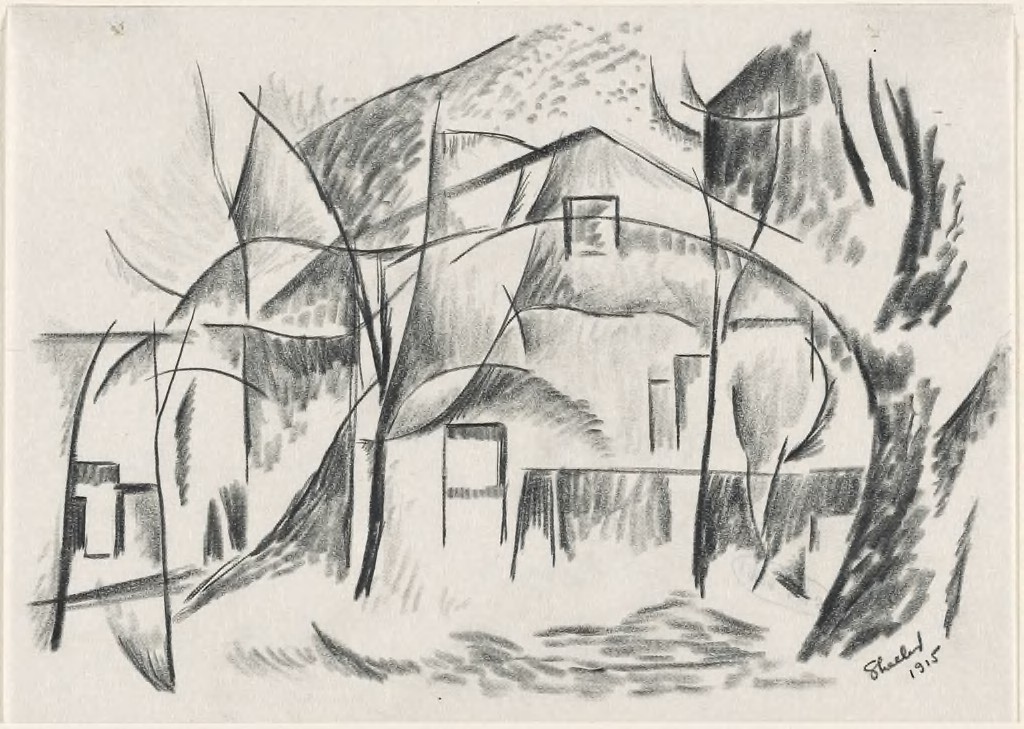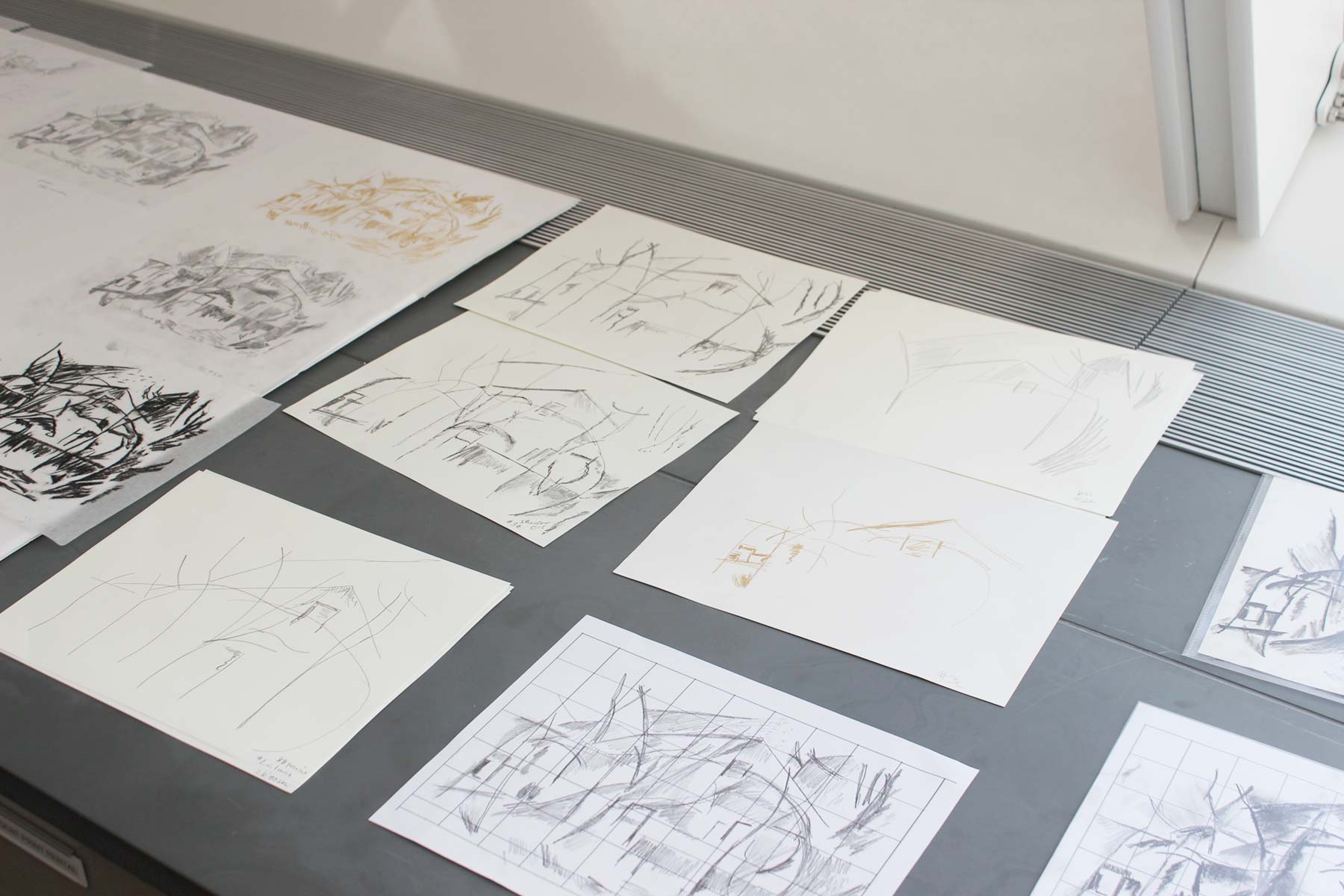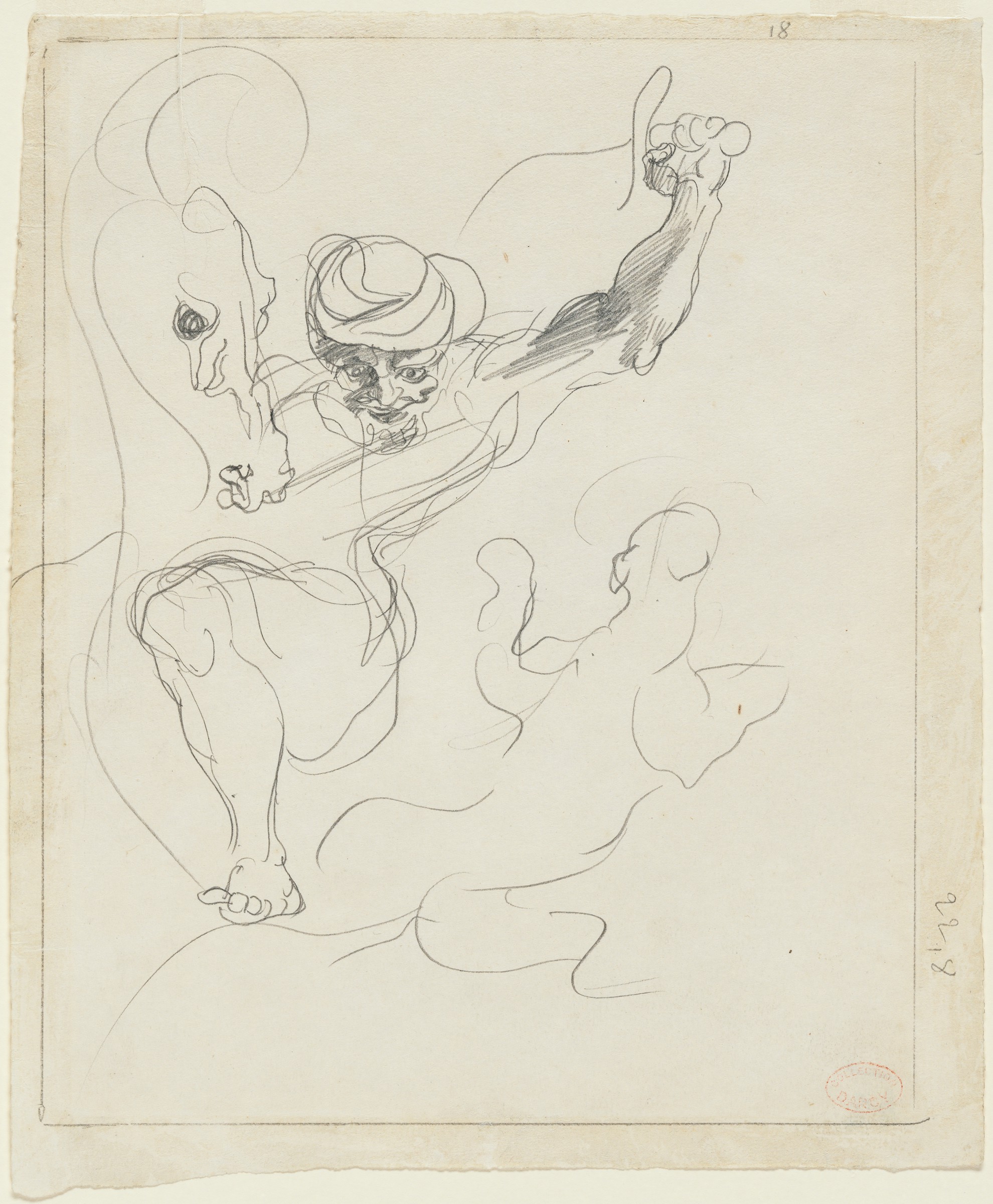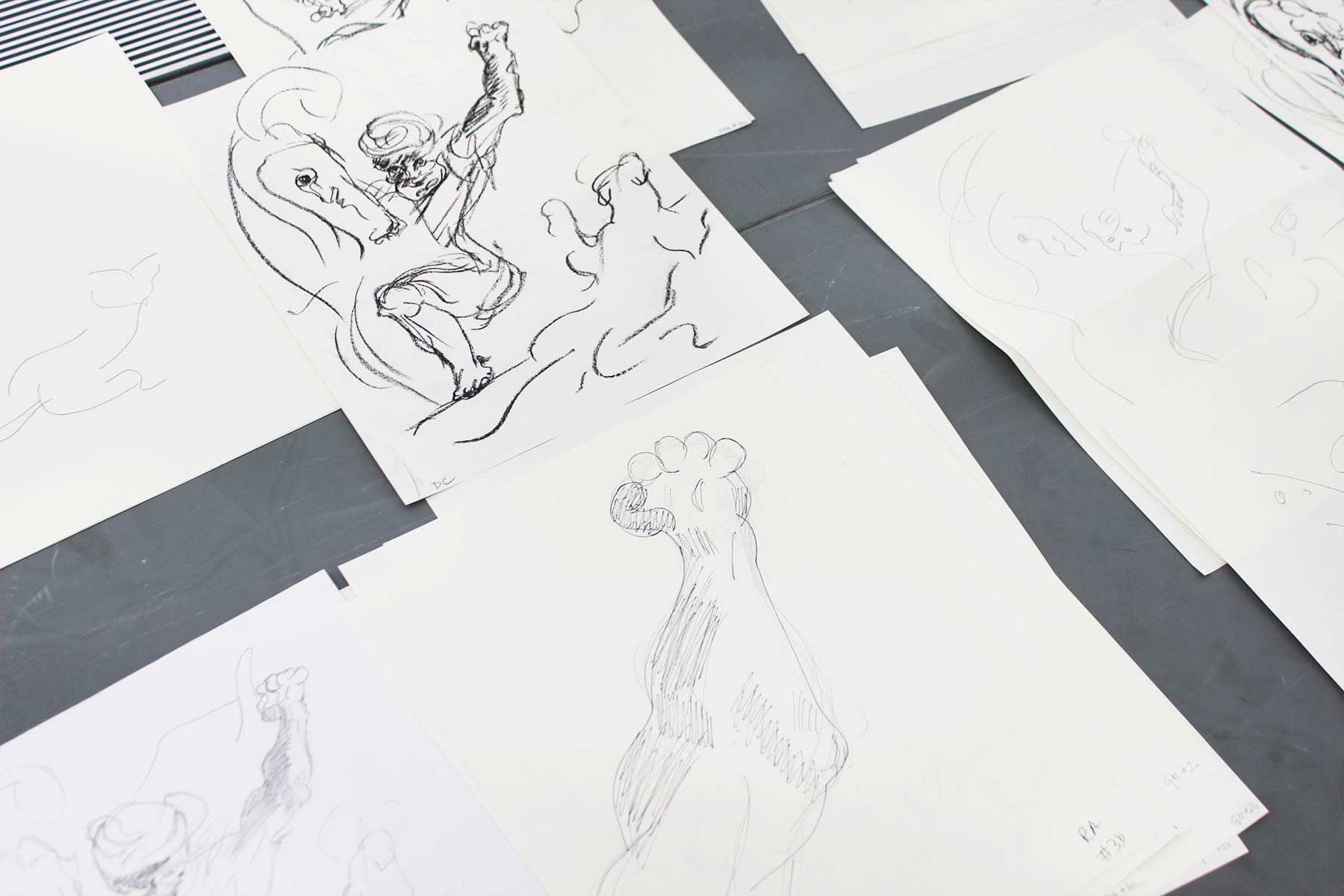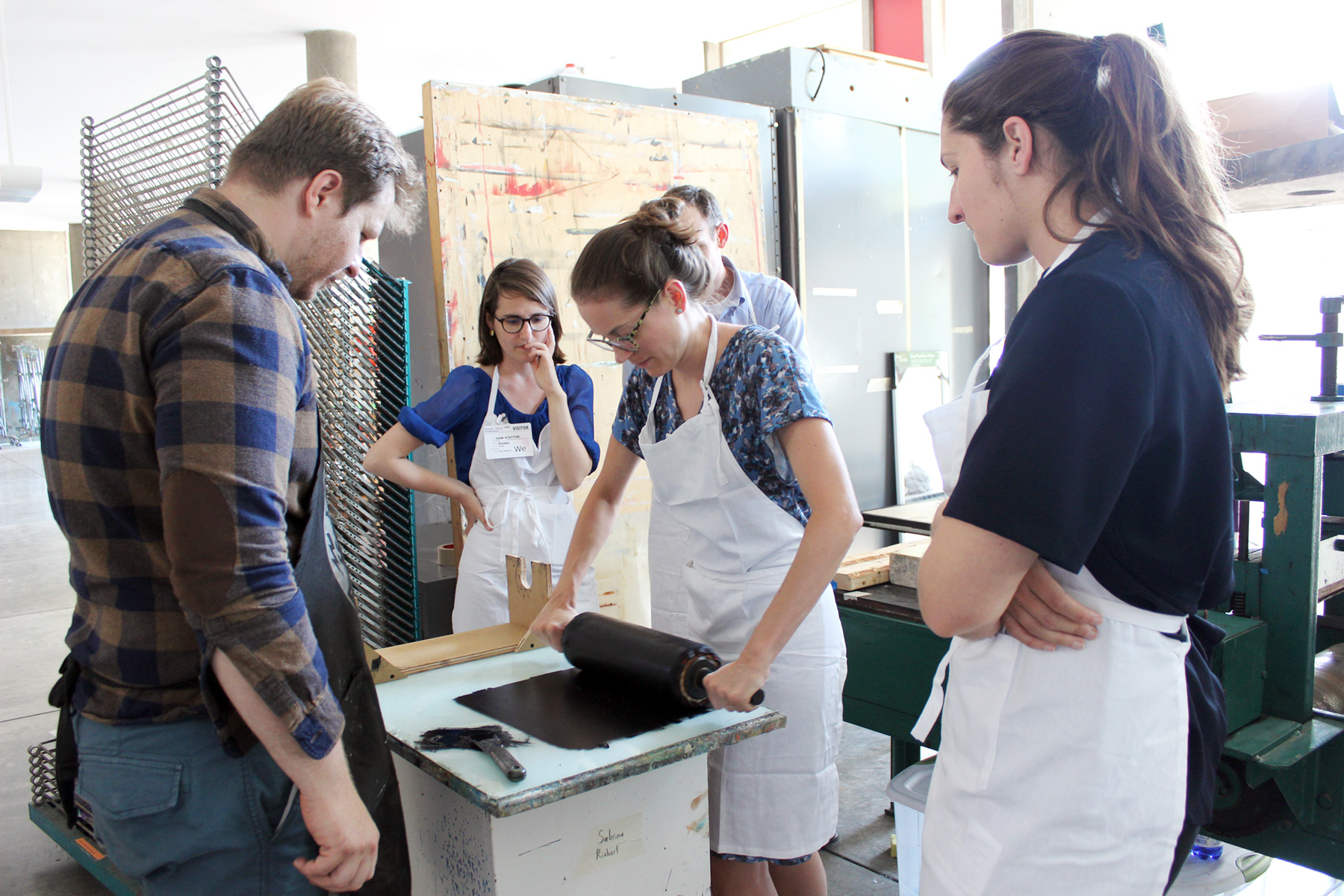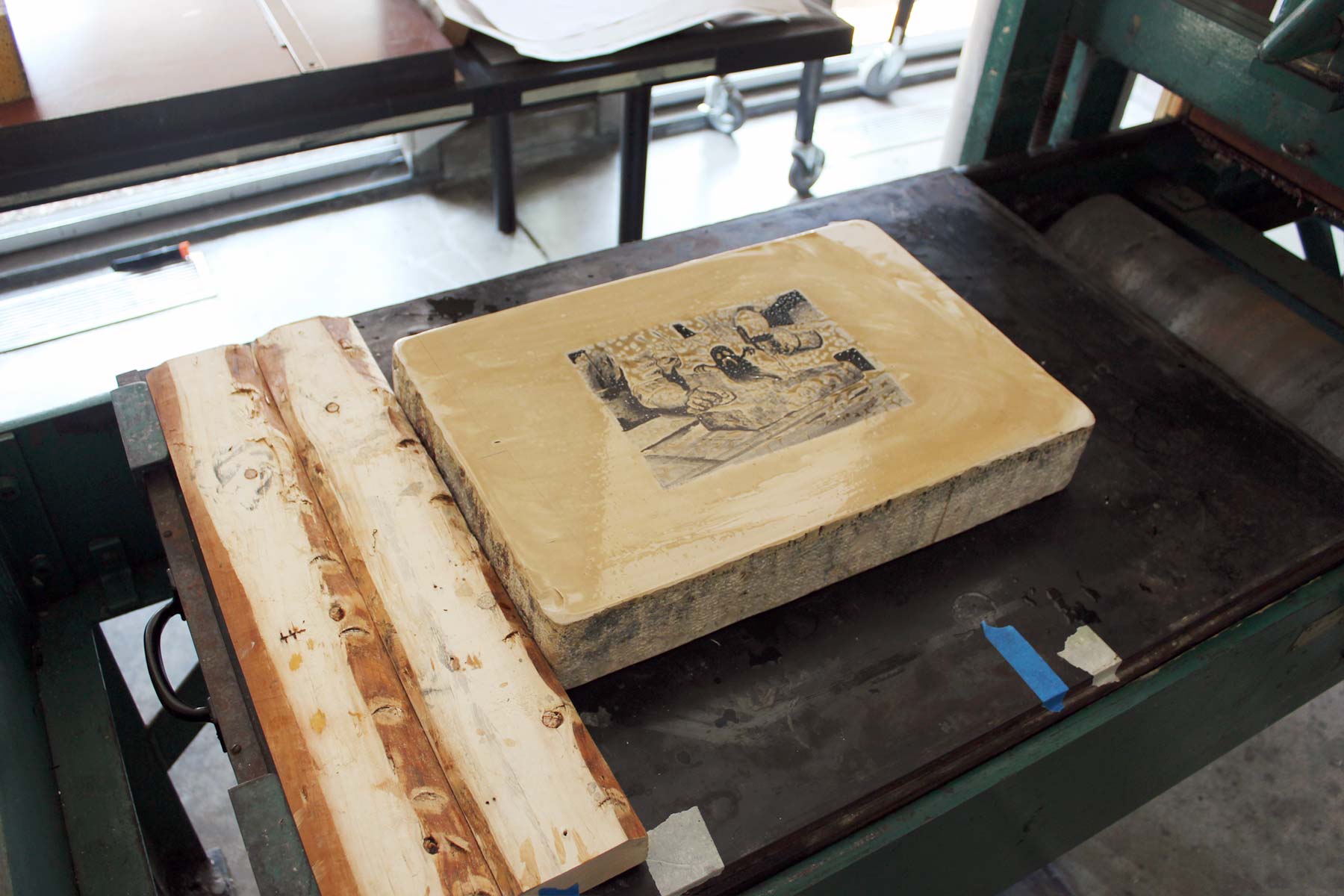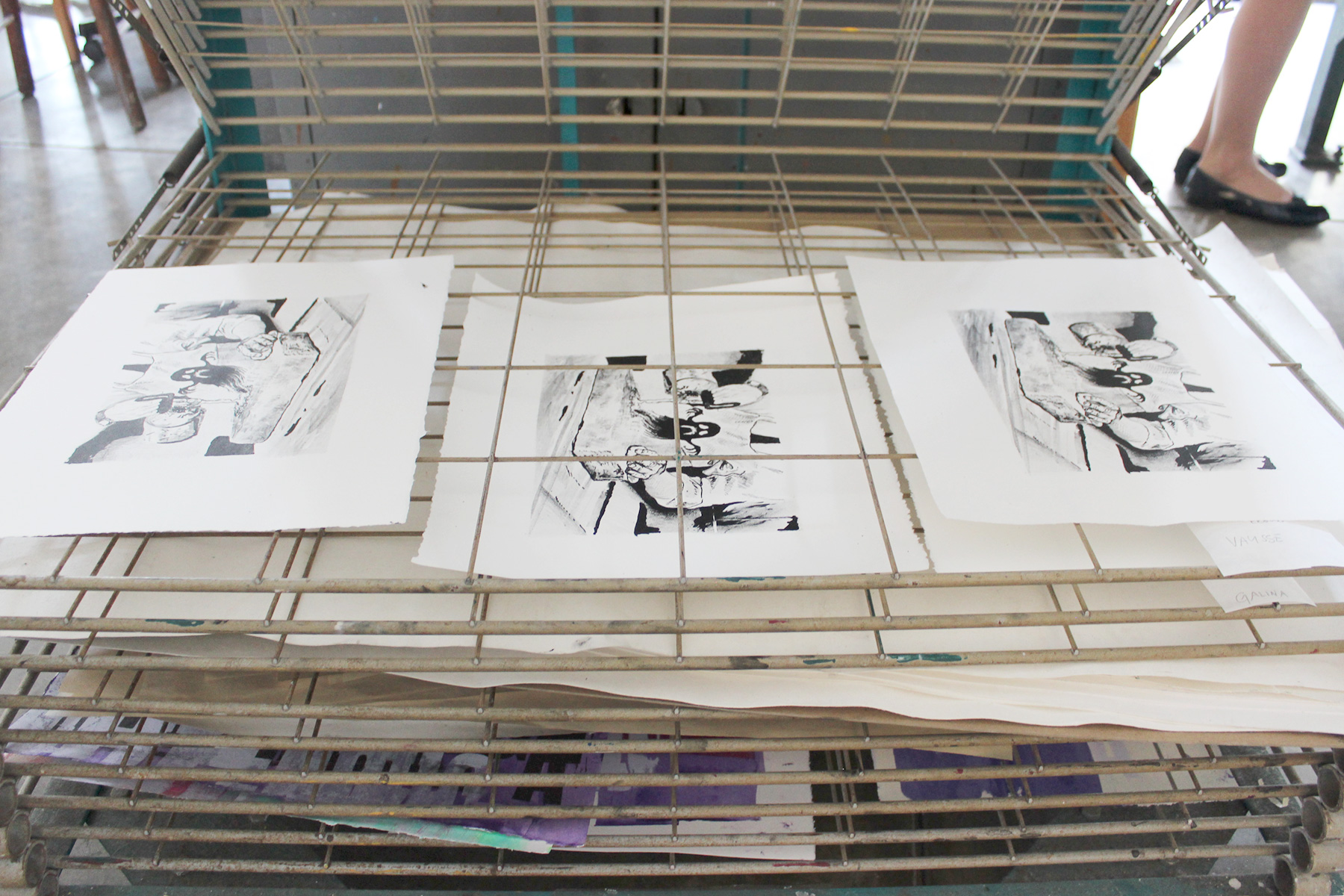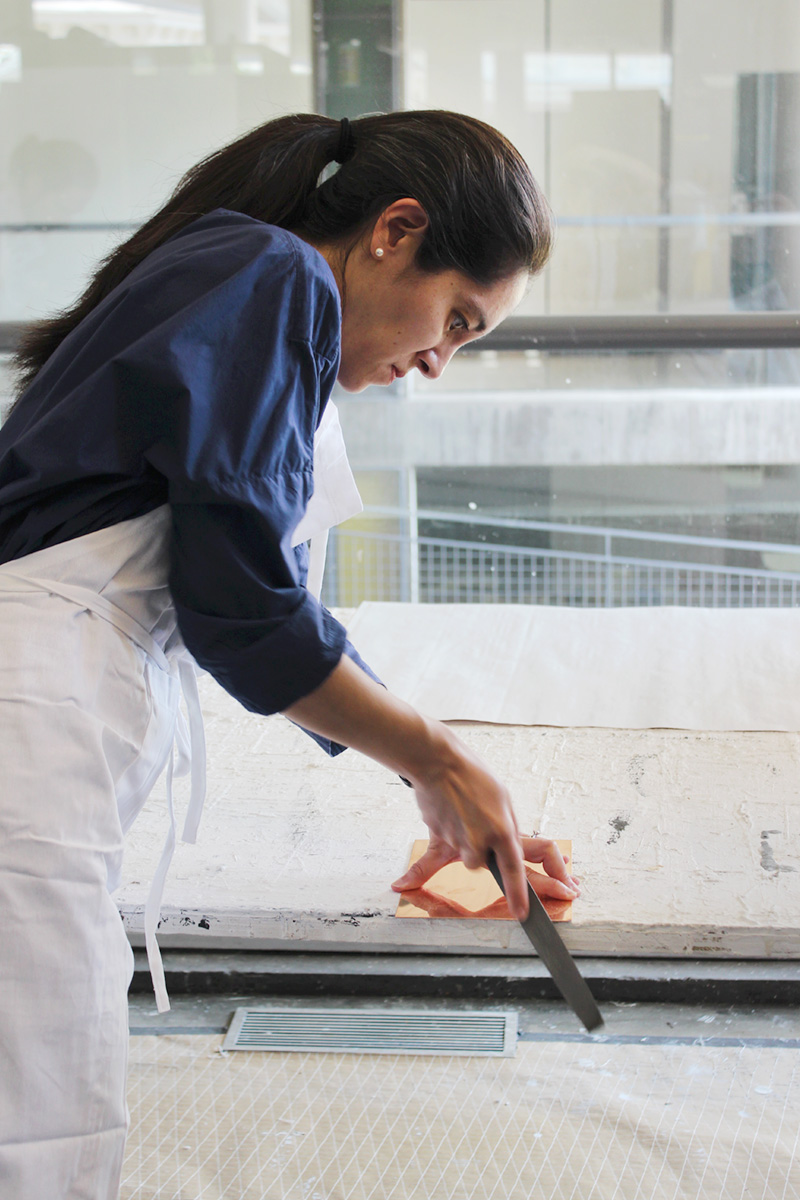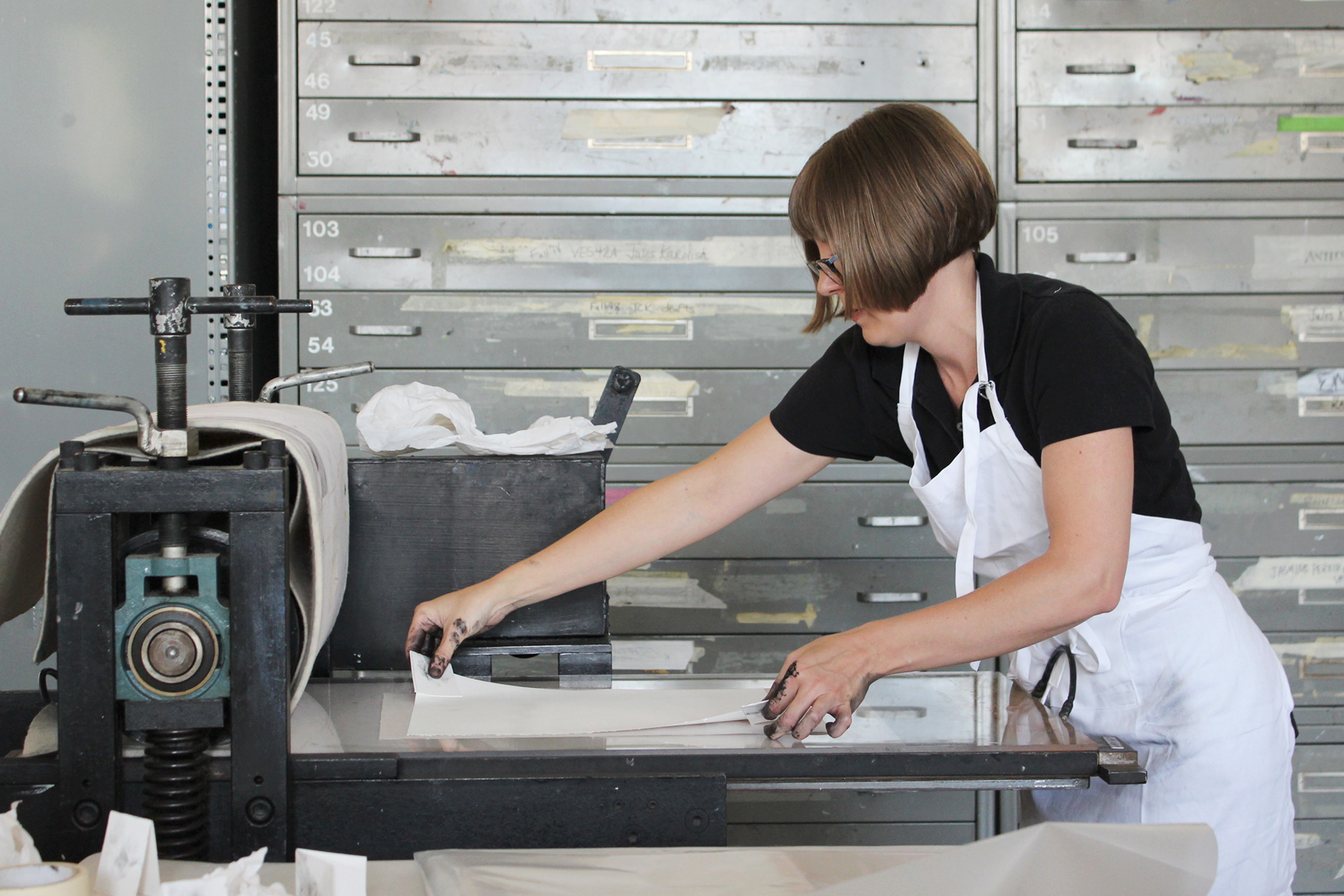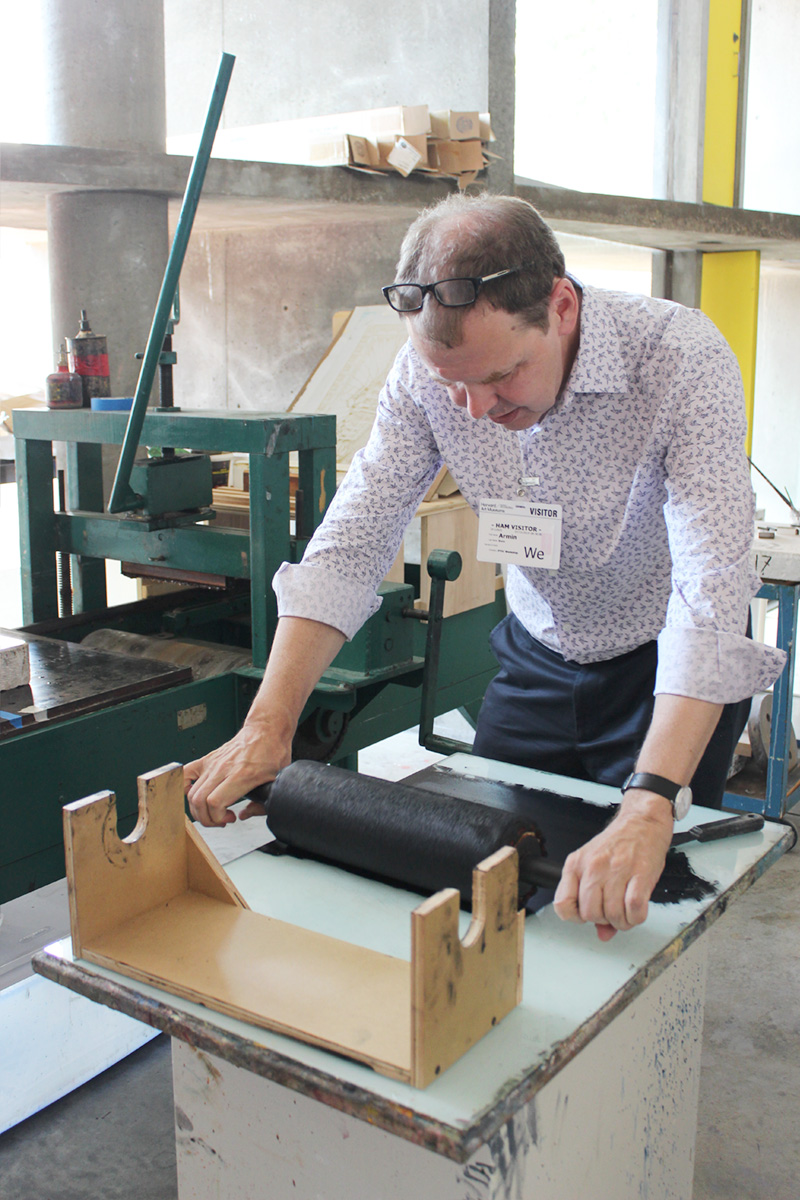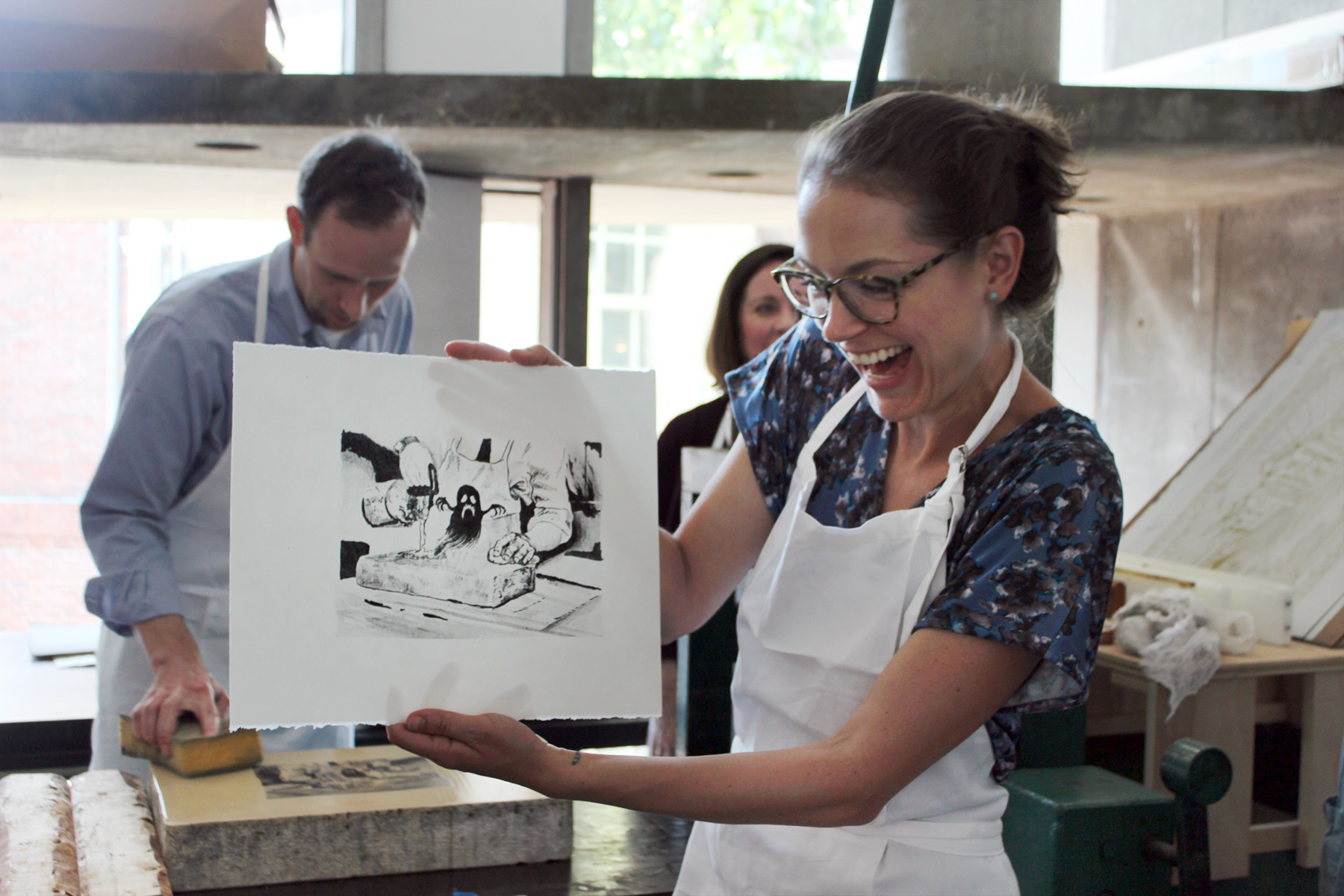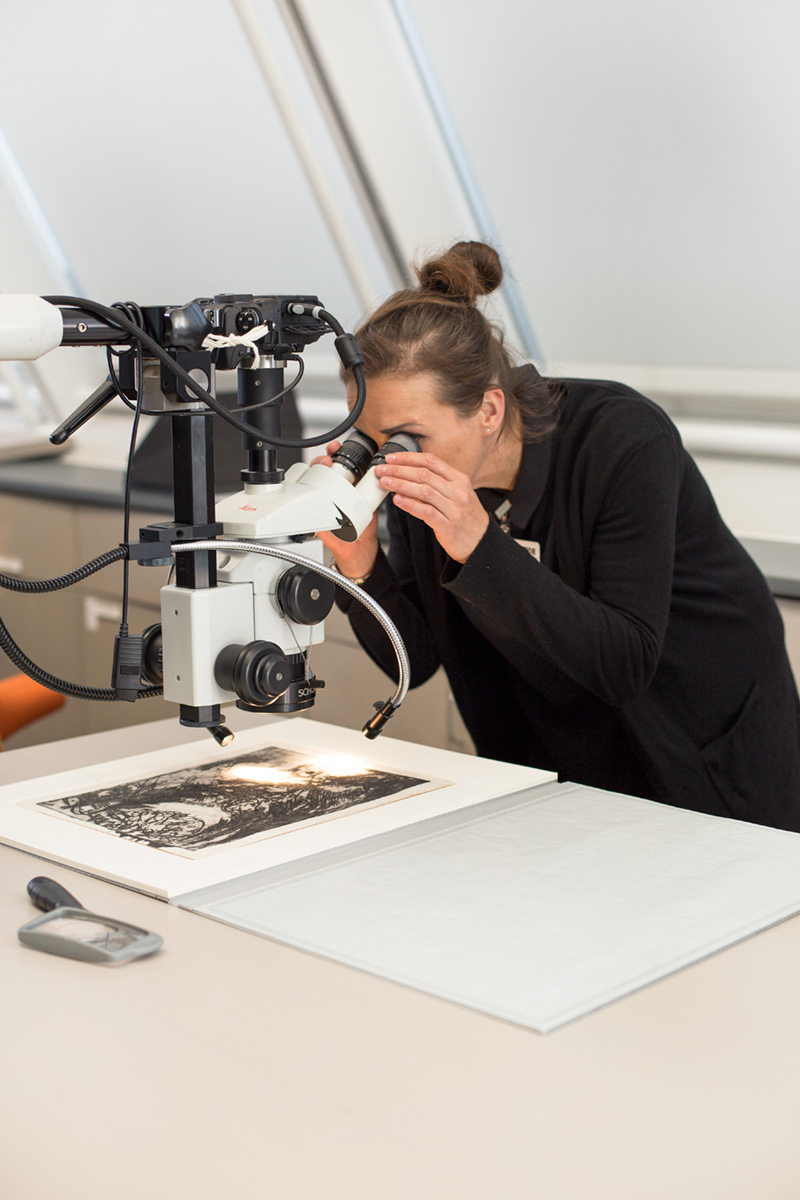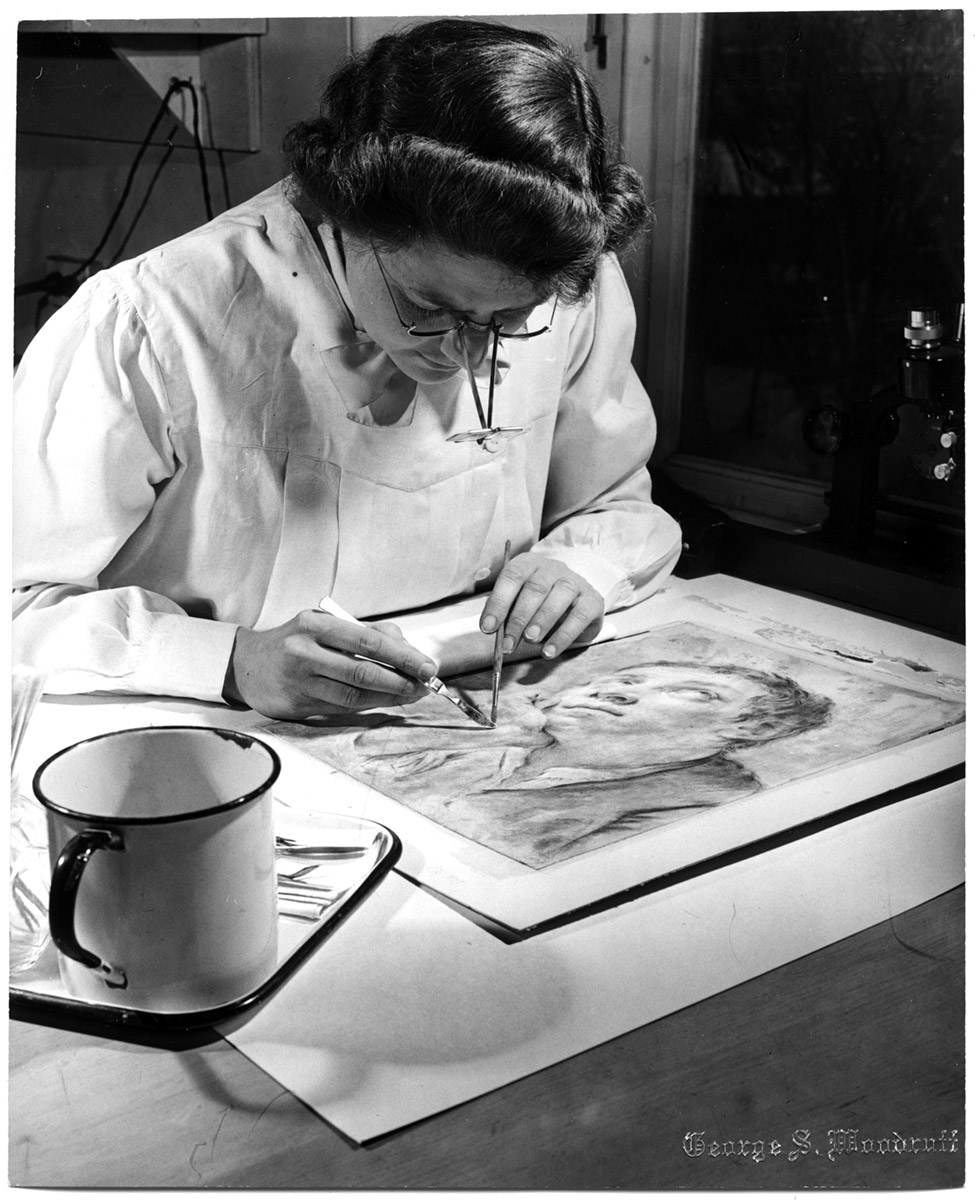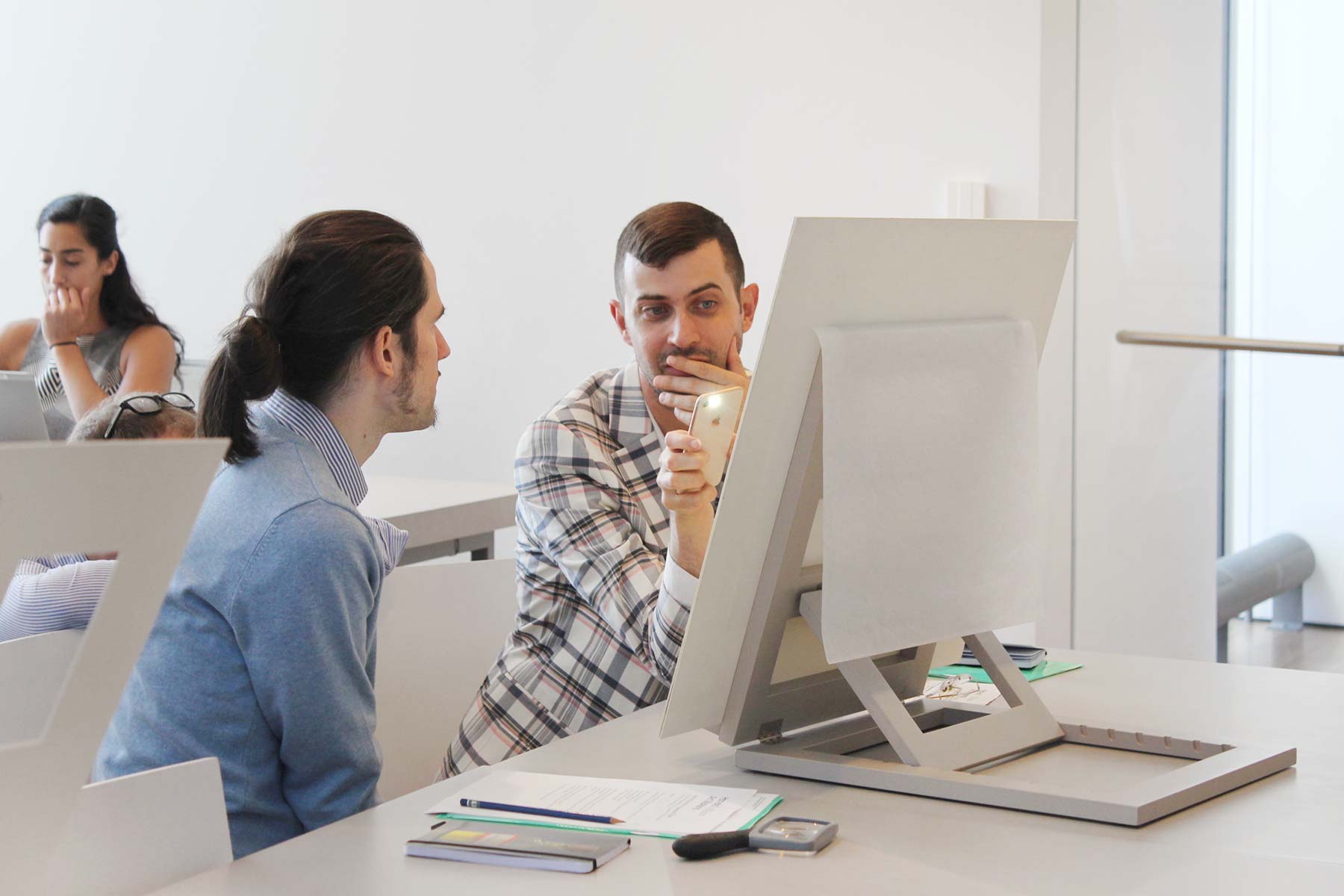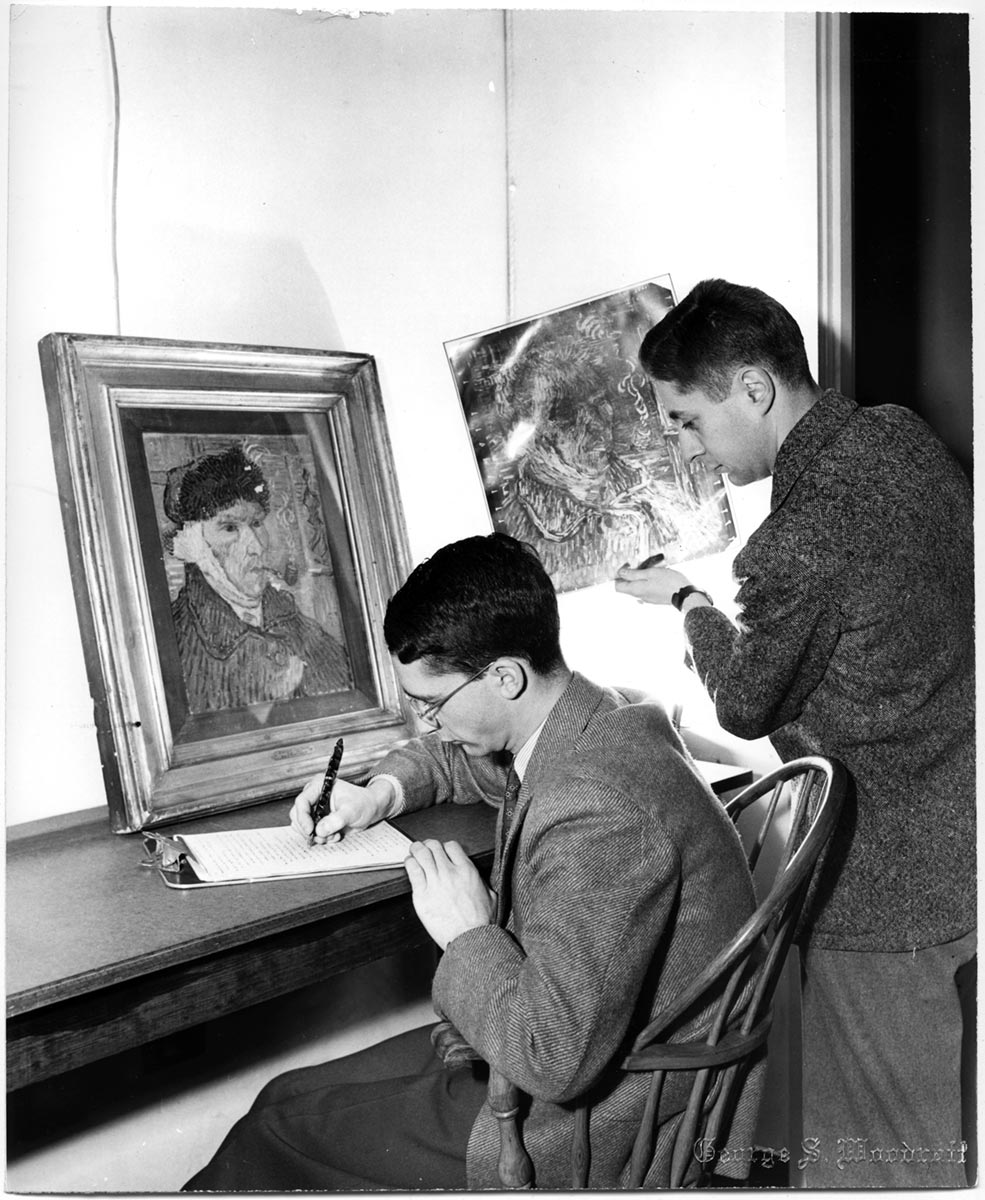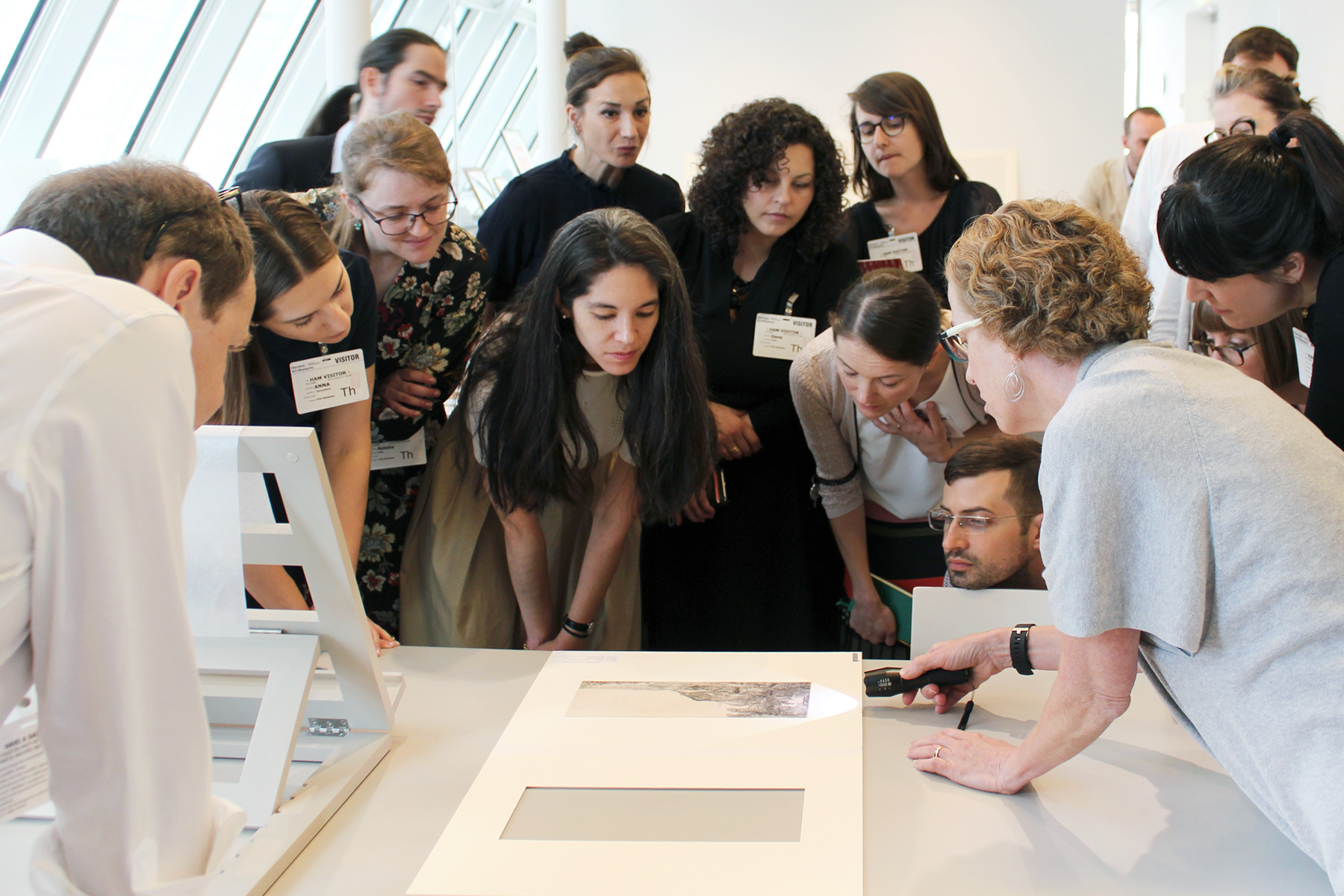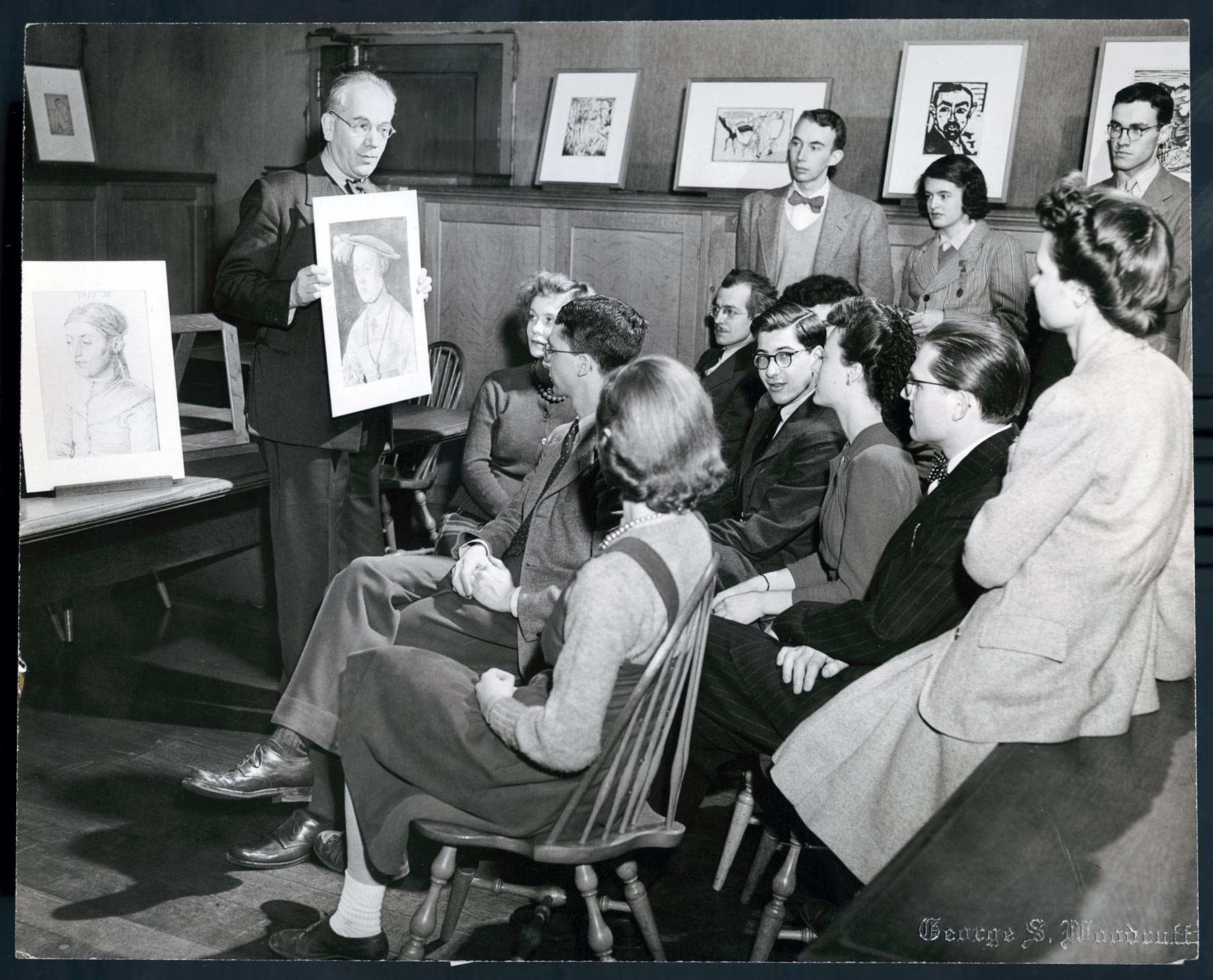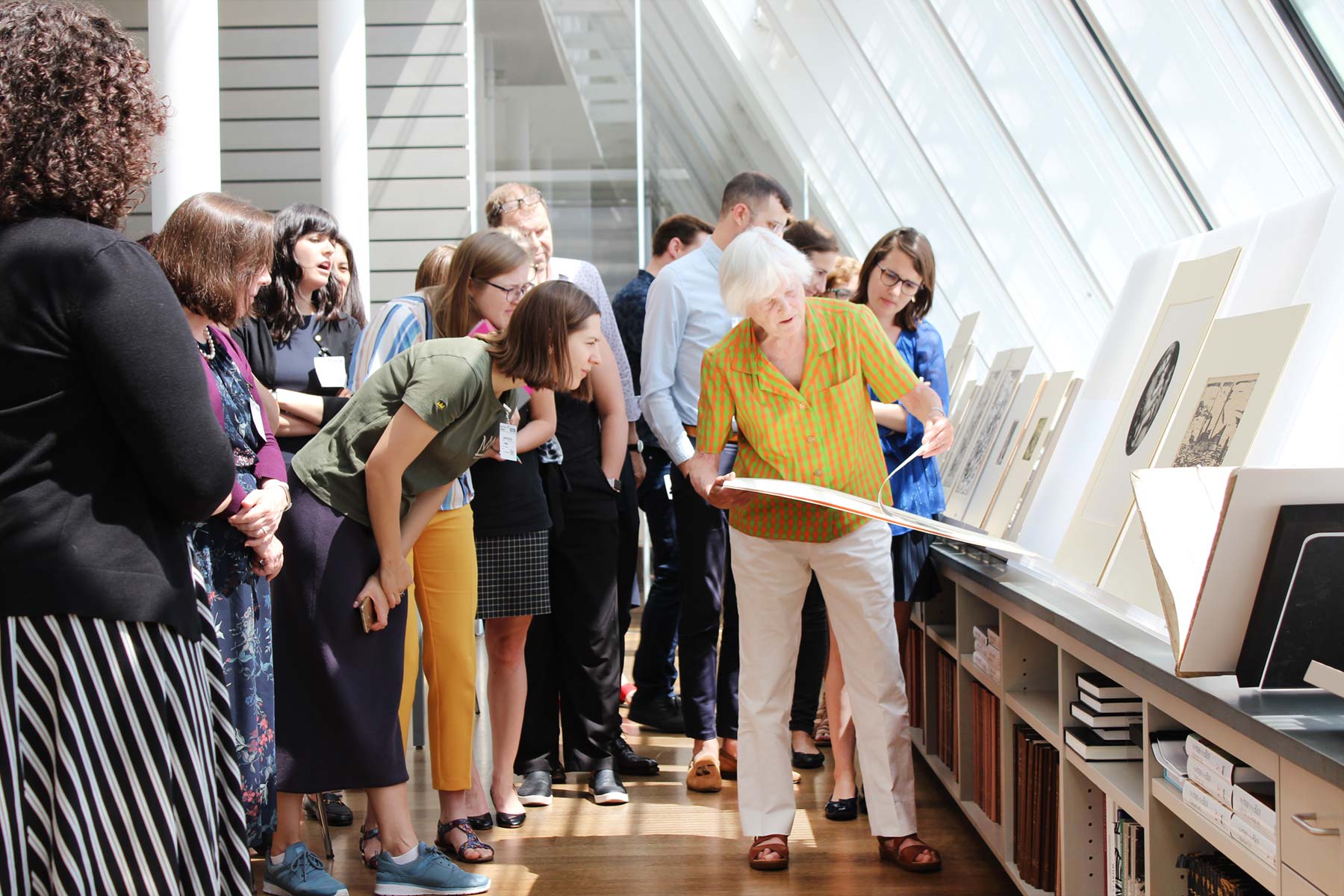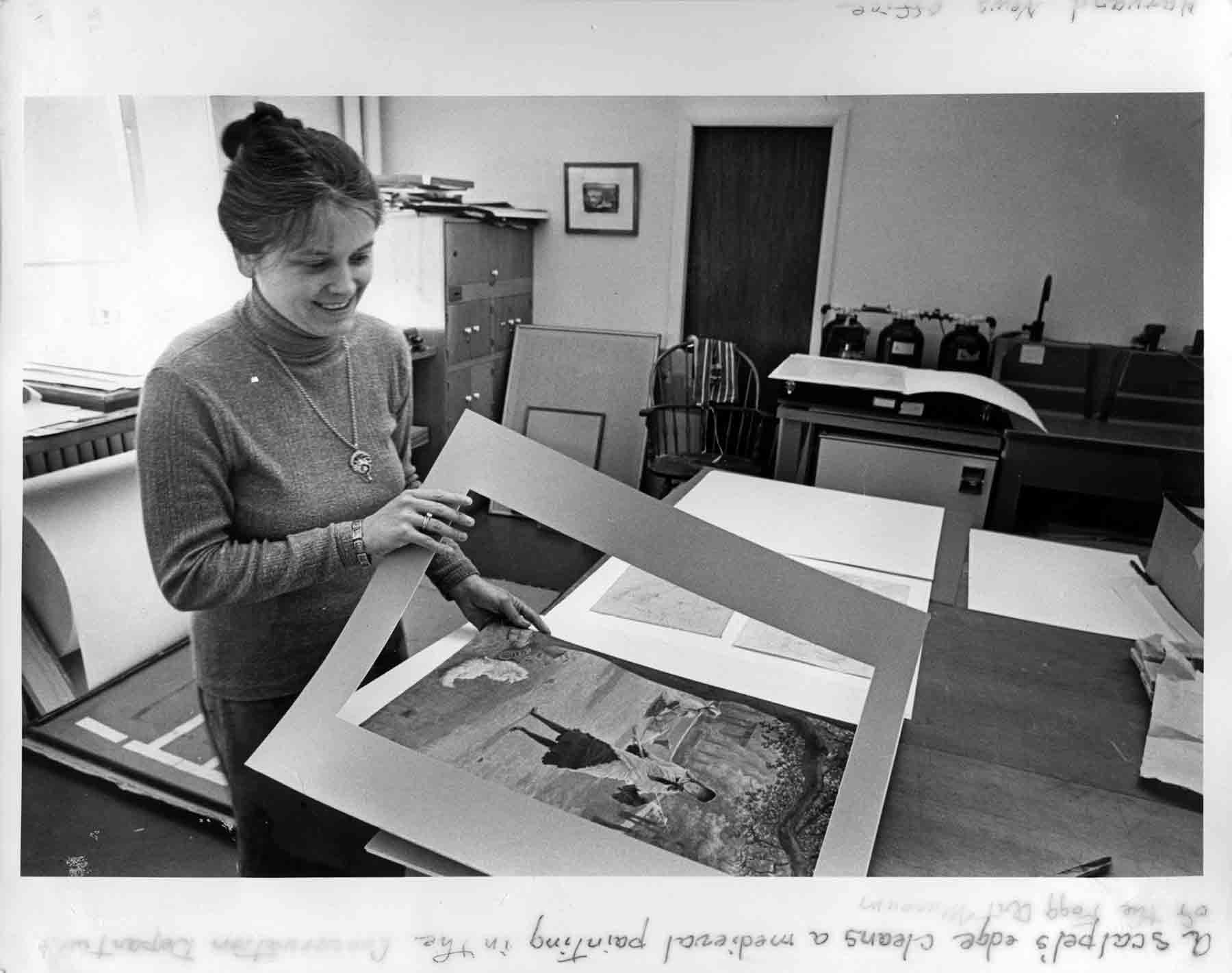In a recent, intensive three-day workshop presented by the Harvard Art Museums, titled “The Potential of Technical Studies and Conservation for Prints and Drawings Curatorship,” 16 participants from institutions around the world joined experts in and beyond the museums to tease out what the fruits of collaborative labor between curators, conservators, and artists might look like.
Generously funded by the Getty Foundation’s The Paper Project: Prints and Drawings Curatorship in the 21st Century, the workshop included case study presentations, visits to the Straus Center for Conservation and Technical Studies, and art making activities.
Before the workshop, participants were asked to replicate two drawings from the museums’ collections and experiment with various drawing media. Many were reluctant to hand in their assignments on the first day, humbled by the difficulty of the task and with new appreciation for the artists they chose. Though the assignments turned out to be fabulous replications, the point was never to produce a “quality” reproduction that would fool connoisseurs of Sheeler or Delacroix. Rather, participants were meant to gain a kind of haptic knowledge by using the types of media employed by the artists.

